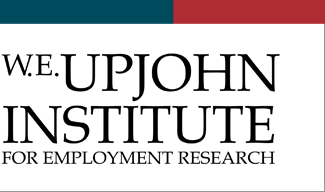Publication Date
12-16-2015
Series
Upjohn Institute working paper ; 15-247
**Published Version**
In Demography 56: 285-320
DOI
10.17848/wp15-247
Abstract
Previous research on maternal employment has disproportionately focused on married, college-educated mothers and examined either current employment status or postpartum return to employment. Following the life course perspective, we instead conceptualize maternal careers as long-term life course patterns. Using data from the NLSY79 and optimal matching, we document four common employment patterns of American mothers over the first 18 years of maternity. About two-thirds follow steady patterns, either full-time employment (38 percent) or steady nonemployment (24 percent). The rest experience “mixed” patterns: long-term part-time employment (20 percent), or a multiyear period of nonemployment following maternity, then a return to employment (18 percent). Consistent employment following maternity, either full-time or part-time, is characteristic of women with more economic advantages. Women who experience consistent nonemployment disproportionately lack a high school degree, while women with return to employment following a long break tend to be younger with lower wages prior to maternity. Race is one of the few predictors of whether a mother is consistently employed full time versus part time: consistent part-time labor is distinctive to white women. Our results support studying maternal employment across the economic spectrum, considering motherhood as a long-term characteristic, and employing research approaches that reveal the qualitative distinctness of particular employment patterns.
Subject Areas
LABOR MARKET ISSUES; Employment relationships; Nonstandard work arrangements; Work and family balance
Get in touch with the expert
Want to arrange to discuss this work with the author(s)? Contact our .
Included in
Citation
Killewald, Alexandra and Xiaolin Zhuo. 2015. "Mothers' Long-Term Employment Patterns." Upjohn Institute Working Paper 15-247. Kalamazoo, MI: W.E. Upjohn Institute for Employment Research. https://doi.org/10.17848/wp15-247

